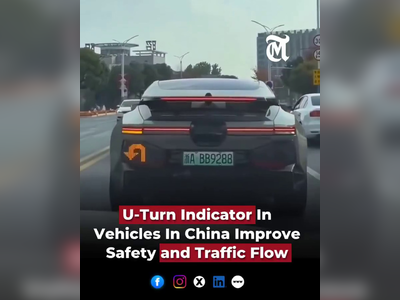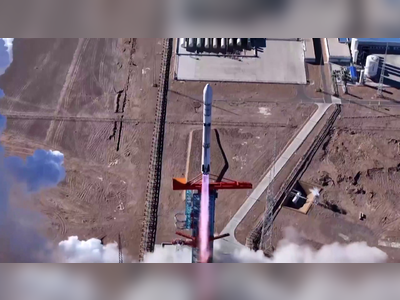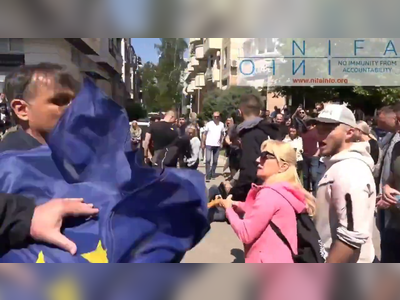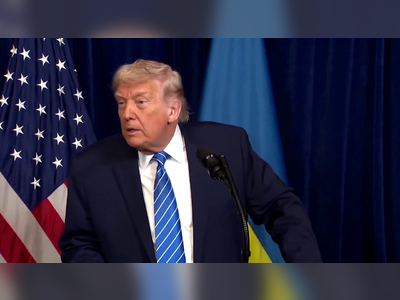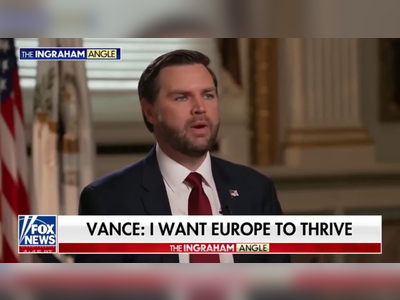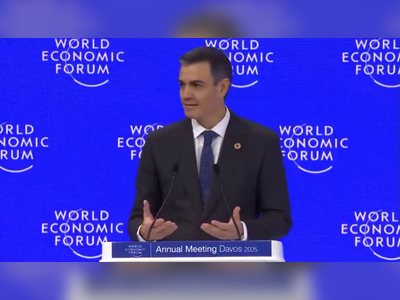Trump's Allies Face Turbulence Among Europe's Populists
Trump's inner circle contends with ideological divisions and personal conflicts as they attempt to align with European right-wing populists.
As Donald Trump prepares to assume the presidency of the United States once again, his coalition of advisors and supporters is navigating a landscape fraught with ideological divisions and personal conflicts, particularly in relation to Europe's right-wing populists.
This internal discord is bringing to light significant philosophical and strategic differences, even as these varied actors unite under Trump's broader vision.
Central to this unfolding drama is Steve Bannon, a prominent figure from Trump's earlier administration and a leading advocate of the Make America Great Again (MAGA) agenda.
Bannon has criticized fellow Trump ally Elon Musk for his business interests in China, highlighting a potential conflict of interest with the MAGA movement's principles.
Yet, despite these disagreements, Bannon acknowledges Musk's substantial influence and financial backing, viewing them as potentially beneficial in propagating MAGA-style populism throughout Europe.
Musk's political allegiances, however, seem unstable.
Recently, he withdrew support from Nigel Farage, the leader of the UK's Reform Party, after previously endorsing Italian Prime Minister Giorgia Meloni.
This shift reflects the volatile nature of Musk's political engagements and underscores the fragile alliances being contested within Trump's circle.
The emergence of Italian Prime Minister Giorgia Meloni as a potential liaison between Trump and European populists has sparked debate among Trump's allies.
While she holds undeniable influence, critics like Bannon question whether she genuinely subscribes to the foundational values of Trump's movement, thus complicating her role as an intermediary.
Adding to these complexities is the figure of Tommy Robinson, a British activist known for his polarizing views.
Musk's surprising support for Robinson has sparked further controversy and condemnation within Trump's supporters, illustrating the intricate network of motivations and affiliations influencing these political dynamics.
For European leaders, this turbulence within Trump's camp poses significant challenges as they seek to navigate evolving loyalties and public disagreements.
When Trump held office previously, his erratic policies and divergent diplomatic tactics placed a strain on transatlantic relations.
As he returns to the global arena, European policymakers are acutely aware of the delicate balance between engagement and estrangement, necessitating keen perception to ascertain Trump's administration's true priorities amid the flux of pronouncements and policy moves.
The positioning or downfall of specific European populists by Trump's allies could play a decisive role in shaping the continent's political environment, having potential ramifications for alliances and rivalries in real-time discourse.
As Trump prepares for another tenure in office, the internal battles among his fervent supporters signal a period of unpredictability and intrigue that may redefine political conversations within Europe and extend its influence globally.
This internal discord is bringing to light significant philosophical and strategic differences, even as these varied actors unite under Trump's broader vision.
Central to this unfolding drama is Steve Bannon, a prominent figure from Trump's earlier administration and a leading advocate of the Make America Great Again (MAGA) agenda.
Bannon has criticized fellow Trump ally Elon Musk for his business interests in China, highlighting a potential conflict of interest with the MAGA movement's principles.
Yet, despite these disagreements, Bannon acknowledges Musk's substantial influence and financial backing, viewing them as potentially beneficial in propagating MAGA-style populism throughout Europe.
Musk's political allegiances, however, seem unstable.
Recently, he withdrew support from Nigel Farage, the leader of the UK's Reform Party, after previously endorsing Italian Prime Minister Giorgia Meloni.
This shift reflects the volatile nature of Musk's political engagements and underscores the fragile alliances being contested within Trump's circle.
The emergence of Italian Prime Minister Giorgia Meloni as a potential liaison between Trump and European populists has sparked debate among Trump's allies.
While she holds undeniable influence, critics like Bannon question whether she genuinely subscribes to the foundational values of Trump's movement, thus complicating her role as an intermediary.
Adding to these complexities is the figure of Tommy Robinson, a British activist known for his polarizing views.
Musk's surprising support for Robinson has sparked further controversy and condemnation within Trump's supporters, illustrating the intricate network of motivations and affiliations influencing these political dynamics.
For European leaders, this turbulence within Trump's camp poses significant challenges as they seek to navigate evolving loyalties and public disagreements.
When Trump held office previously, his erratic policies and divergent diplomatic tactics placed a strain on transatlantic relations.
As he returns to the global arena, European policymakers are acutely aware of the delicate balance between engagement and estrangement, necessitating keen perception to ascertain Trump's administration's true priorities amid the flux of pronouncements and policy moves.
The positioning or downfall of specific European populists by Trump's allies could play a decisive role in shaping the continent's political environment, having potential ramifications for alliances and rivalries in real-time discourse.
As Trump prepares for another tenure in office, the internal battles among his fervent supporters signal a period of unpredictability and intrigue that may redefine political conversations within Europe and extend its influence globally.
AI Disclaimer: An advanced artificial intelligence (AI) system generated the content of this page on its own. This innovative technology conducts extensive research from a variety of reliable sources, performs rigorous fact-checking and verification, cleans up and balances biased or manipulated content, and presents a minimal factual summary that is just enough yet essential for you to function as an informed and educated citizen. Please keep in mind, however, that this system is an evolving technology, and as a result, the article may contain accidental inaccuracies or errors. We urge you to help us improve our site by reporting any inaccuracies you find using the "Contact Us" link at the bottom of this page. Your helpful feedback helps us improve our system and deliver more precise content. When you find an article of interest here, please look for the full and extensive coverage of this topic in traditional news sources, as they are written by professional journalists that we try to support, not replace. We appreciate your understanding and assistance.

